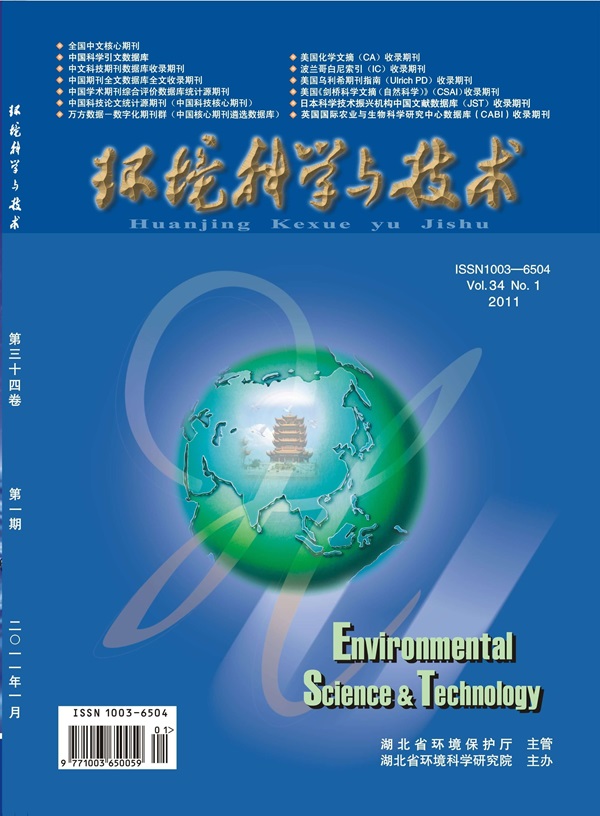Secondhand Exposure to Simulated Cannabis Vaping Aerosols
IF 10.8
1区 环境科学与生态学
Q1 ENGINEERING, ENVIRONMENTAL
引用次数: 0
Abstract
Emissions from cannabis vaping degrade indoor air quality and expose non-users to secondhand pollutants. We investigated how the vaping mixture composition affects indoor aerosol characteristics and exposures. Simulated cannabis vaping aerosol was produced by flash evaporation in a 20 m3 chamber of mixtures containing terpenoids, cannabinoids, cannabis extract constituents, and the adulterant vitamin E acetate (VEA). Aerosol time- and size-resolved concentrations (8 nm–2.5 μm at 1 Hz) were measured, and a dosimetry model was used to evaluate the intake of secondhand aerosols. The results showed peak particle number (PN) concentrations between 0.7 × 106 and 13 × 106 cm–3 and peak mass concentration (PM1.0) between 65 and 1191 μg m–3 at t = 5 min after emission. Concentrations decreased to 21–57% of peak PN and 33–69% of peak PM1.0 at t = 60 min. The PM1.0 yield was 0.06 for a terpenoid-only mixture, 0.22–0.36 for tetrahydrocannabinol (THC)-terpenoid mixtures, and >1 for mixtures containing high concentrations of cannabidiol (CBD) or VEA. For intake deposition, the highest aerosol fraction was deposited in the pulmonary region, followed by the tracheobronchial and head regions. Deposition increased in the presence of THC, CBD, or VEA, with aerosols <100 nm contributing the majority of particles deposited in all regions.

二手接触模拟大麻雾化气溶胶
吸食大麻产生的排放物会降低室内空气质量,使非使用者暴露于二手污染物中。我们研究了蒸汽混合成分如何影响室内气溶胶特性和暴露。模拟大麻雾化气溶胶是通过在20立方米的含有萜类化合物、大麻素、大麻提取物成分和掺假维生素E醋酸酯(VEA)的混合物的腔室中快速蒸发产生的。测量了气溶胶的时间和尺寸分辨浓度(8 nm-2.5 μm at 1 Hz),并使用剂量学模型评估了二手气溶胶的摄入量。结果表明,排放后5 min,颗粒物数(PN)浓度峰值在0.7 × 106 ~ 13 × 106 cm-3之间,PM1.0浓度峰值在65 ~ 1191 μg - 3之间。60分钟后,浓度下降到PN峰值的21-57%和PM1.0峰值的33-69%。纯萜烯混合物的PM1.0产量为0.06,四氢大麻酚(THC)-萜烯混合物的PM1.0产量为0.22-0.36,含有高浓度大麻二酚(CBD)或VEA的混合物的PM1.0产量为>;1。对于吸入沉积,最高的气溶胶分数沉积在肺区域,其次是气管支气管和头部区域。在THC、CBD或VEA存在的情况下,沉积增加,在所有区域中,100 nm的气溶胶贡献了大部分颗粒沉积。
本文章由计算机程序翻译,如有差异,请以英文原文为准。
求助全文
约1分钟内获得全文
求助全文
来源期刊

环境科学与技术
环境科学-工程:环境
CiteScore
17.50
自引率
9.60%
发文量
12359
审稿时长
2.8 months
期刊介绍:
Environmental Science & Technology (ES&T) is a co-sponsored academic and technical magazine by the Hubei Provincial Environmental Protection Bureau and the Hubei Provincial Academy of Environmental Sciences.
Environmental Science & Technology (ES&T) holds the status of Chinese core journals, scientific papers source journals of China, Chinese Science Citation Database source journals, and Chinese Academic Journal Comprehensive Evaluation Database source journals. This publication focuses on the academic field of environmental protection, featuring articles related to environmental protection and technical advancements.
 求助内容:
求助内容: 应助结果提醒方式:
应助结果提醒方式:


